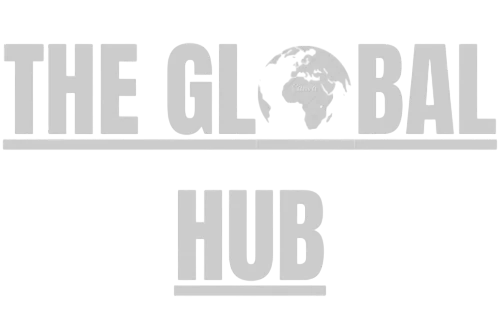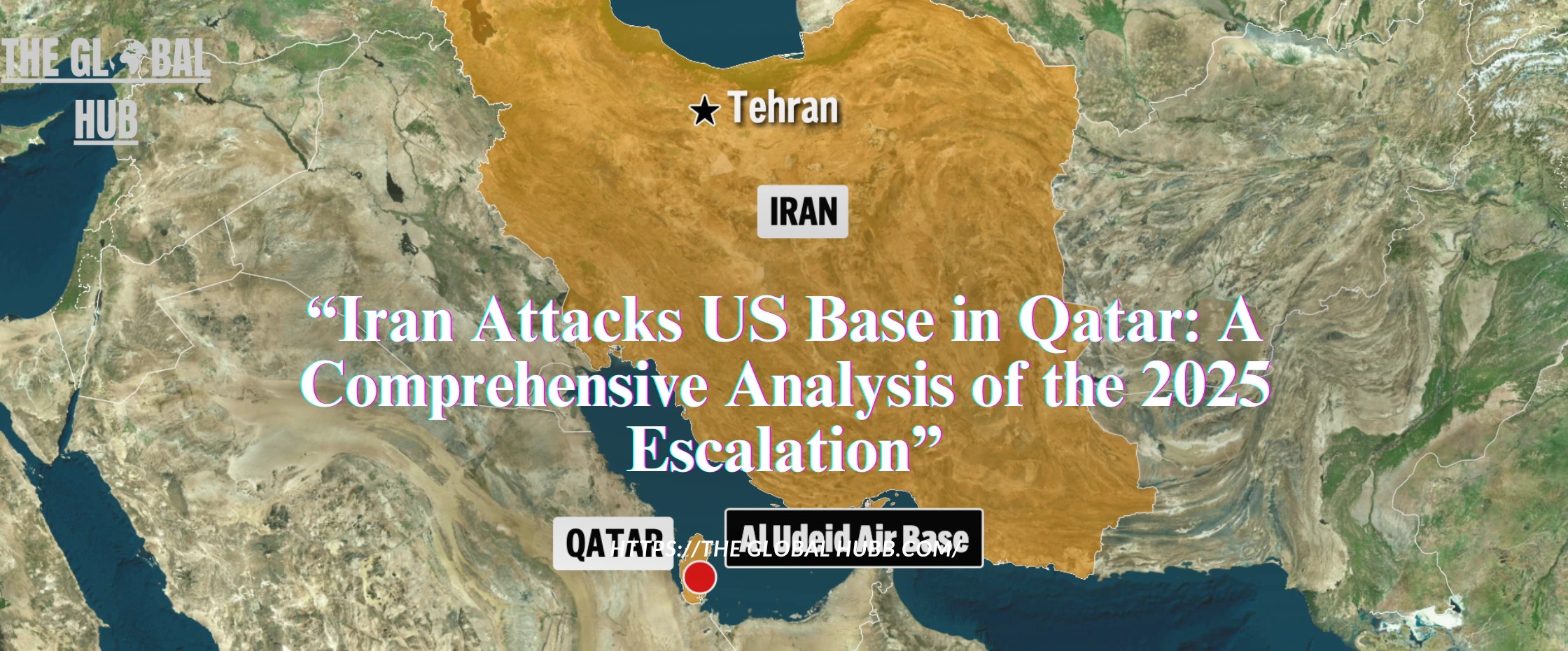Iran surprised just about everyone in June 2025 when its rockets hammered a U.S. base in Qatar. The sudden strike jolted military planners, ordinary citizens, and even the cats prowling Gulf alleyways. Not long before the missiles flew, American warplanes had lashed out at secretive Iranian nuke shelters. In the eyes of Washington, hitting those tunnels was the quickest way to stop Tehran from powering up an atomic bomb.
The June barrage was the biggest single flare-up since the 1979 Islamic Revolution, officials quietly admitted behind closed doors. The Pentagon and Israeli jets zeroed in on three fortified sites buried deep beneath rock, concrete, and miles of camo. Bunker-buster bombs and sea-launched Tomahawks-exactly seventy-five precision weapons-made open-air rubble of the targets.
- Damage: New satellite snapshots showed the Fordow facility all but shattered, and rubble masked whatever secrets lay inside. Tehran insists it tucked most of the highly enriched uranium away before the blast-thoughtful, some might say nervous.
- Rationale: Washington and Jerusalem called the bombing a lifesaver for global security, convinced a bombed reactor was better than a nuclear-armed Iran. Iranian leaders answered with the same line they have used for years: our nuclear work is pure energy, not weapons.
Iran’s Warning and International Reaction
Table of Contents
Toggle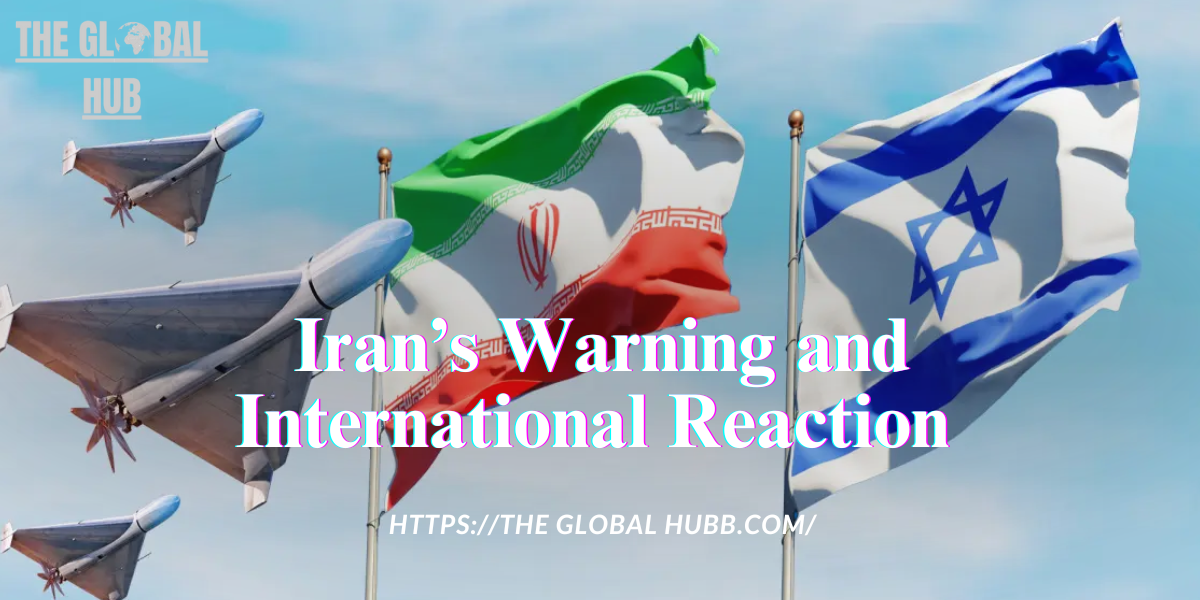
Moments after the smoke cleared, Iranian officials were on television swearing they would repay every ounce of disrespect. Moscow, Beijing, and even some EU diplomats begged both sides to cool off and reopen the bargaining table, but the shouting only grew louder.
The Attack: Iran Strikes Al Udeid Air Base in Qatar
On June 23, 2025, Iran launched a missile attack targeting the Al Udeid Air Base in Qatar, marking a significant escalation in regional tensions following U.S. airstrikes on Iranian nuclear facilities days earlier. The attack was announced by Iran’s Islamic Revolutionary Guard Corps (IRGC) as a direct reprisal for what Iran described as American aggression against its sovereignty.
Al Udeid Air Base is the largest U.S. military installation in the Middle East, housing approximately 8,000 American personnel and serving as a command center for U.S. operations throughout the region1. The base also accommodates British forces on a rotational basis. The significance of the target underscored Iran’s intent to send a powerful message about its capability and willingness to retaliate against U.S. assets in the Gulf
Details of the Attack
Iran released video later showing at least six SRBMs lifting off, their exhaust plumes fading into the Persian night. The campaign, dubbed Operation Fath Blessing, was painted inside Iran as both a warning and a show of strength.
- Timing: The first missile warning buzzed over Doha shortly after eight oclock at night. Officials had already closed Qatars airspace and pulled non-essential personnel out of Al Udeid just to be safe.
- Defense Response: Sky-colored streaks lit up a moment later when the countrys air-defense batteries fired their own rockets. Nobody on the base reported so much as a scratch.
- Evacuation and Precautions: Almost at once, embassies from Washington, London, and Beijing texted their citizens, Stay inside and stay quiet. Flights circling toward Hamad International were turned away, and the terminal went silent.
Eyewitness Accounts and Immediate Aftermath

Residents reported a booming crack that rattled windows for miles. Bright white dots vanished behind a curtain of smoke, and soon afterward both the Qatari cabinet and an American military spokesman said the threat had been neutralized.
Strategic Significance of Al Udeid Air Base
Al Udeid isnt just a patch of runway; its the biggest U.S. air hub in the Middle East and the nerve center for sorties stretching from Syria to Yemen.
- Personnel: Roughly eight thousand Americans sleep in the low-bid housing trailers, plus a rotating crew of British pilots and technicians. Together they keep the operation ticking day and night.
- Command Hub: Al Udeid sits like the nerve center for U.S. Central Command, directing missions that stretch from the sands of Iraq to the mountains of Afghanistan and a good deal of Gulf waters in between.
- Military Flash Point: If rockets rain down on Al Udeid, the American footprint in the Gulf feels the jolt first, instantly cranking up the adrenaline level for just about everyone in the region.
Iran’s Lightning Message
Right after the blast, the Iranian Revolutionary Guard Corps shot out a tough-guy tweet insisting that no hit on Iranian soil would go unanswered. They warned that American bases, in their eyes, look more like paper tigers than the fortresses Washington hopes for.
Nuclear Scorecard
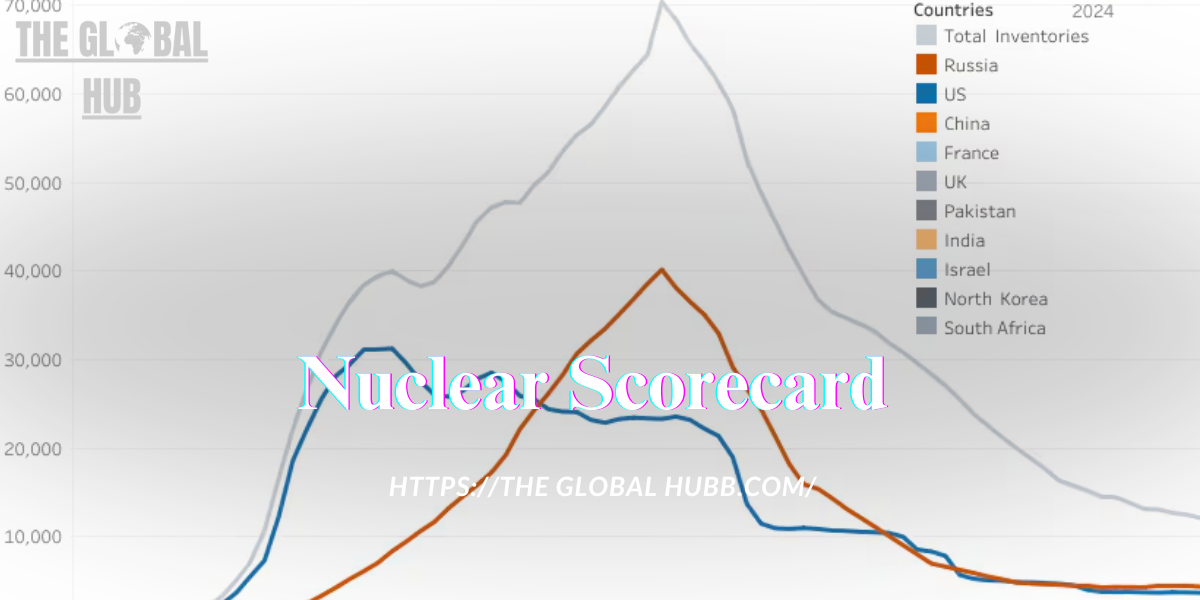
Tehran labeled the missile fling a payback round for what it calls U.S. dirty tricks against its nuclear program. The warning also had Tel Aviv written between the lines, hinting that Israel’s own strike spree isn’t lost on them.
Bigger Game Plan
- Stay Out of My Yard: Smacking a marquee American site is Tehran’s way of reminding would-be attackers that the bill for another punch could be steep, maybe steeper than they think.
- Regional Show-and-Tell Many folks in Tehran believe a flashy strike is the quickest way to paint Iran as the regional heavyweight. The fireworks rally local pride and hand the government a talking point when critics bring up its spats with the United States and Israel.
- US and Allied Heads-Up Washington and its pals were hardly snoozing when the alarms rang. Satellite photos and chatter had already suggested something big was brewing over the Persian Gulf.
- Intelligence bosses warned the Pentagon, and that same morning Al Udeid cleared its runways while Qatar shut its airspace tighter than a bank vault.
- Military Housekeeping – Everyone in US and allied compounds was hustled to safe zones before the first sirens wailed, so the casualty count stayed worryingly low. Shuttle flights and armored convoys moved people out like clockwork.
- Qataris boasted their own missile shield, and a handful of projectiles lit up their radar screens. Those interceptors caught the live fireworks, proving the cooperative drills were more than PowerPoint slides.
- Back in Washington, aides glued themselves to screens while the president leaned over maps in the Oval Office. The Situation Room buzzed with generals, secretaries, and the odd nervous intern double-checking the coffee pot.
- Street Heat Trump told reporters that any Iranian revenge would meet a response so heavy the enemy might wish they never pressed Send. At the same briefing he slipped in a polite hint for Tehran to pick up the diplomatic phone and talk it out, which sounded a bit half-hearted after the tough-guy line. More debates, more votes, and a whole lot more shouting waited in Congress the moment he stepped off the podium.
Regional and Global Impact of the Iran-US Escalation
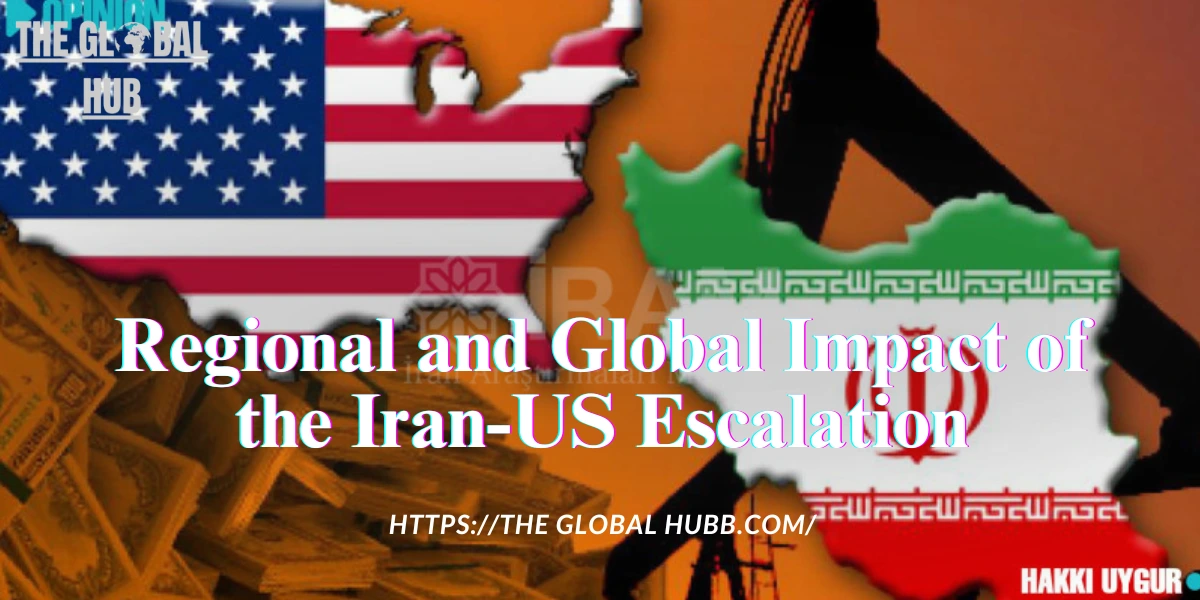
The latest back-and-forth blows between Washington and Tehran have sent shock waves far beyond the headlines. Markets, border patrols, and even everyday gas prices are already feeling the pinch, and analysts warn things could worsen by the week.
Regional Consequences
Destabilization of Gulf Security
Major Gulf capitals-Saudi Arabia, the UAE, and Kuwait-watch the danger meter rise without openly chastising the U.S., a balancing act born from years of American military protection. They nervously tweet about “restraint” but hedge their bets on missile defense contracts.
Doha did not hold back after Iran shelled Al Udeid Air Base, calling that strike a “blatant violation of sovereignty” and hinting it might answer in kind, which some insiders read as thinly veiled brinkmanship.
With 19 key bases and more than 40,000 boots on the ground, U.S. installations now sit on Iran’s target board, and proxy groups have already started mapping them out for potential retaliation.
Threat to Critical Infrastructure
Tehran could light up a conversation by lighting up oil terminals, a move that would jam the American Congress into an emergency hearing while squeezing gas pumps all the way to Brooklyn.
Should Iran block or mine the Strait of Hormuz-which handles 20 percent of the world`s crude a day-global oil prices could spike, transit insurers could scream “force majeure,” and ship crews might find themselves stuck at port.
Proxy Warfare Expansion
Don`t be surprised if militias in Baghdad, Damascus, and even Sana`a get 3 AM orders to pop off rockets, plant IEDs, or fly swarms of explosive drones aimed at anything wearing a star-and-stripes flag.
Hezbollah`s firepower is still battered from nonstop Israeli raids, so while Iran has friends, those friends aren`t quite ready for a family reunion yet.
Global Implications
Economic Hit
- Right after the air strikes, oil hit a short-lived peak of plus 4 or 5 percent. Not long after, fresh news from Iran sent it tumbling 7 percent.
- Analysts now warn a drawn-out fight could shave $730 billion to $1 trillion off Gulf growth. More broadly, shoppers everywhere might face pricier imports, fatter insurance bills, and jittery markets.
Diplomatic Storm
- UN chief Guterres called the situation disastrous and begged for cool-headed talks.
- Russia labeled the U.S. action illegal. Even EU spokespeople urged a quick return to nuclear negotiations.
- Chinese and British embassies have told their citizens in Qatar to stay indoors for now.
Nuclear Ripple Effect
Some experts fear Iran will move to weaponize its nuclear stockpile, then invoke Article X of the Non-Proliferation Treaty to ditch international oversight. A frustrated Riyadh, Ankara, or even East Asian capitals might follow suit.
Shipping and Flight Snags
More than 26 commercial jets have already diverted from Middle Eastern skies due to safety closures. If clashes widen, key shipping lanes could choke, tacking extra cents onto every barrel of fuel and carton of goods.
Regional and Global Impact
Oil Prices and Economic Shockwaves
When the missiles flew and the U.S. jets roared in response, traders on the floor instinctively pushed up the numbers-oil suddenly felt expensive again. Brent futures rocketed past the highs last seen in early 2025, and bar-room talk now drifts toward the cold possibility that someone might close off the Strait of Hormuz altogether. An abrupt gas-supply stop echoing worldwide would rattle everything from truck stops in Indiana to factories in Guangdong. Nobody really wants to pay twenty bucks more at the pump next week.
International Reactions
Russia wasted no time, thundering that the American air strikes stomped all over international law and warning that a much bigger regional fire could start if left unchecked. Over in Brussels, EU envoys pushed back in softer tones, yet kept insisting on two things: calm talks, and firm moves to keep Iran away from a nuclear weapon. Beijing and London, both protective of their citizens in Doha, told any traveler still lounging at a Qatari hotel to find sturdy walls and stay put until the dust settled. The message from both capitals-soon echoed by the usual State Department alerts-was almost mirror-image: stop, think, no more rockets flying.
Widening War Draw
The Al Udeid hit is playing out like a chapters-in-progress installment of the same old saga between Tehran, Washington, and Jerusalem. Security boffins keep sketching out worst-case timetables that involve strike planes, sabotage bids on oil terminals, and maybe even a nasty cyber punch that blows the lights out for whole cities. Once that chain reaction gets started, human courage and human error can both escalate faster than anyone at a negotiating table expects.
What Happens Next? Scenarios and Analysis
Further Iranian Retaliation?
Tehran isn t finished rattling sabers. Its military already blasted rockets at one US base, yet the promised strikes on oil tankers in the Strait of Hormuz still sit in the maybe column. Planners in Washington keep a close eye because another wave of missiles or sneaky maritime sabotage could spark panic overnight.
US and Allied Options
The Pentagon isn t standing still. Commanders talk about a crushing response, but they also mouth the word de-escalate over coffee breaks. Carriers, destroyers, and the show-off Fifth Fleet are already patrolling the Gulf, giving diplomats muscle yet turning every near-miss into an international eyebrow-raiser.
Diplomatic Efforts
Conversations keep chugging along even as missiles fly. Iran s foreign minister is scheduled to sit down with Putin, and European envoys still shuttle from capital to capital begging for ink on a fresh deal. Their success-or total breakdown-will probably tell the region whether it faces the quick spark of war or the slow grind of another half-baked peace.
Conclusion: A Dangerous New Phase in US-Iran Relations
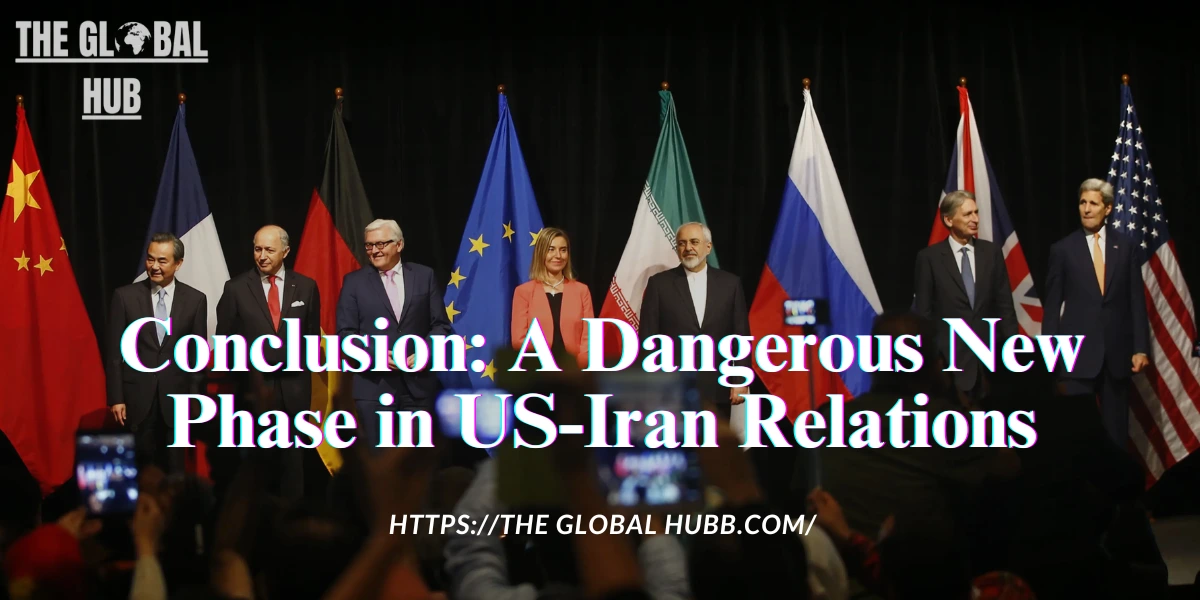
When Iranian rockets slammed into the American compound in Qatar, the old fight between Tehran and Washington jumped into a brand-new, ugly spotlight. Defensive screens and quick evacuations kept casualties slim, yet the shock of the blast still rippled through nerves and headlines far louder than the explosions themselves.
If anything, the June 2025 flare-up proved that the Middle East can flip from tense to explosive in the blink of an eye, especially as world powers circle over Iran nuclear program like hawks over fresh carrion. Now every phone call and late-night meeting among leaders in Iran, America, and the usual diplomatic outliers holds the power to either nudge the region toward a shaky peace or shove it headlong into war.
Related Article:
For real-time updates and expert perspectives on the evolving situation, visit the BBC’s coverage of the Iranian missile attack on the US base in Qatar
https://www.bbc.com/news/articles/cdjxdgjpd48o
